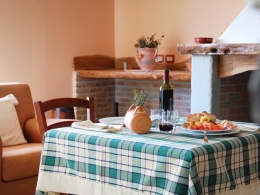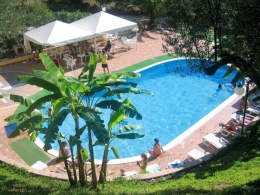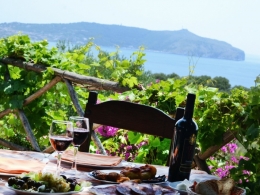Pisciotta
On the top of a hill sloping gently toward the sea is set Pisciotta, surrounded by secular olive trees, majestic monuments of nature. The town has a typical medieval urban structure, with the castle on the top and, around it, houses, each one adjacent to the other, as to form a defence system against pirates or hostile armies and bands. The town’s marina offers a unique way to experience the seaside holiday: beaches and clear waters, stunning boating and underwater explorations.
Pisciotta gives its name to a cultivar of olive: "olivo pisciottano": unique variety of olive tree, whose main characteristic, besides the high drought resistance, is the incredible longevity. Many olive trees in this area are, in fact, ultra-secular. The fruits (in a variety of colour from green to purplish black), picked by hand, give a harmonic and slightly fruity flavoured oil.
The origin of the town dates probably back around the year 900, when the Saracens destroyed the ancient Pixus and some residents took refuge here where they founded a “small Pixus”, i.e. Pixoctum. Pisciotta was already a feud in the 12th century: it would be a land of the Caracciolo and then of the Sanseverino. In 1522 began the building of the Franciscan monastery, of which today only the bell tower remains and a few other ruins. The estate was purchased in 1554 by Don Sancho Martínez de Leyna, Captain of the galleys of Naples. He ordered the construction of the coastal guard towers to protect the land from Turks’ raids. In 1602 Pisciotta was property of the Pappacoda Lords of Pisciotta, until 1806 (it had meanwhile become Marquisate).



 Sito web: nd
Sito web: nd











